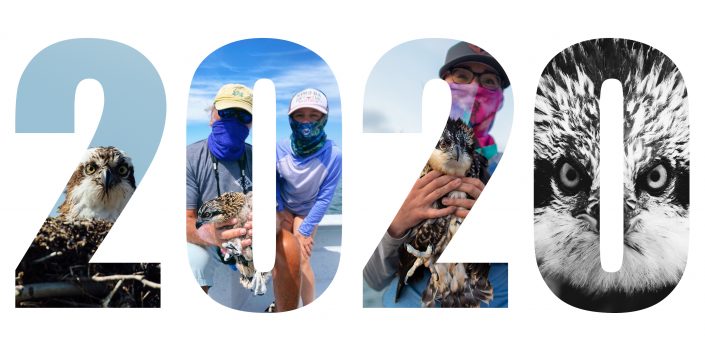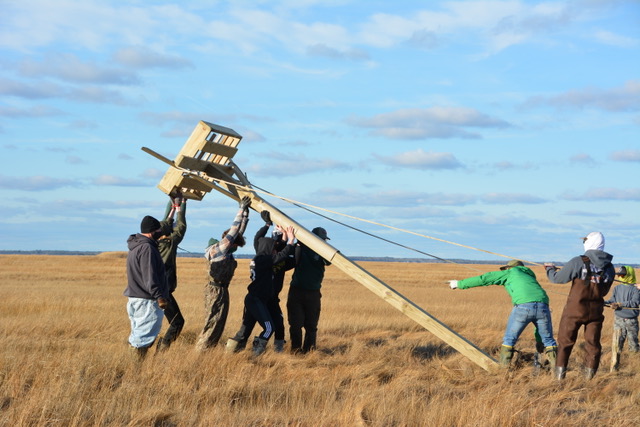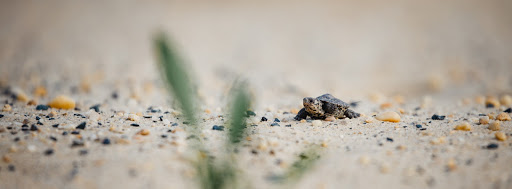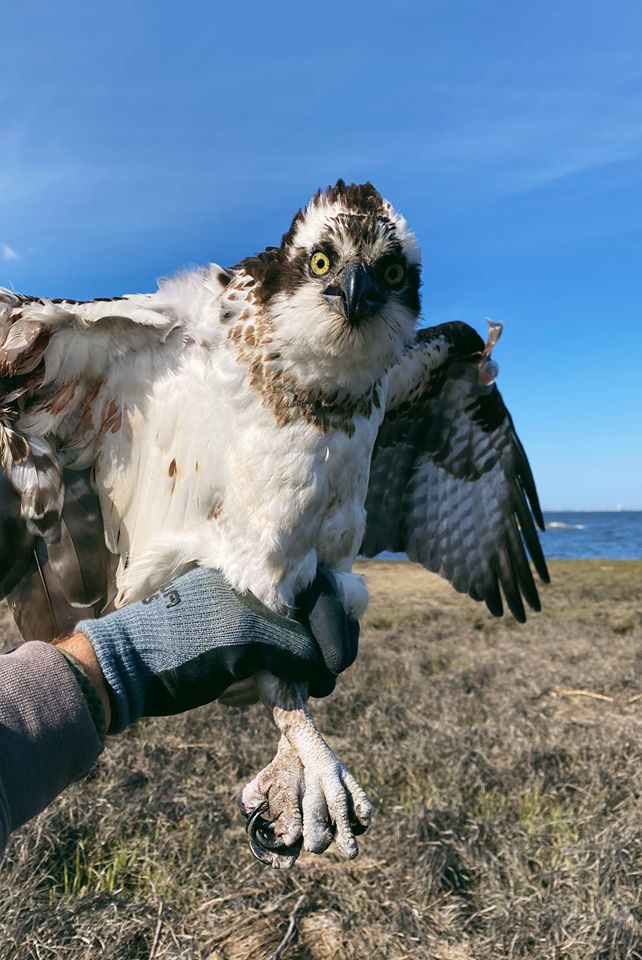Photo From the Field: #213


by Ben Wurst, Habitat Program Manager
During the peak of my field season last year I exchanged emails with a kind man who reported terrapins nesting in his yard. He wanted to do everything he could to ensure their success. A couple weeks later Bobby reached out to say how much him and mom loved the Barnegat Light Osprey Cam and how “the birds generally wake her up before her alarm.” He also mentioned how she delayed gardening because “dad is due with a fish any minute now. I’m just waiting to note the time then I’ll go play.” She was contributing observations of prey deliveries for research we conducted at the BL Osprey Cam last summer.
Continue reading “A Tribute to Bobby “Twist” Jetton: 2020 Barnegat Light Osprey Cam”Ben Wurst, Habitat Program Manager

This was likely one of the most challenging, at least in recent years, in the history of the New Jersey Osprey Monitoring Project. From social distancing and working from home (with children) to severe wind events and dealing with the impacts of humans on ospreys, 2020 turned out to be quite the year. Overall, our work was largely unaffected by the global covid-19 pandemic. Most of our work is conducted outdoors and away from mass gatherings of people. It was important for us to ensure the safety of our volunteers and the general public safe.
Continue reading “Monitoring New Jersey Ospreys During a Global Pandemic”Ben Wurst, Habitat Program Manager

Humans have played a key role in the recovery and stability of nesting ospreys throughout New Jersey and beyond. Today around 75% of the population, close to 500 pairs, rely on nest platforms designed specifically for them. They provide a stable nest platform, adequate perches, and protection from potential ground predators, aka raccoons. Many platforms are located in very close proximity to people, which make for excellent viewing and educational opportunities. Ospreys are a symbol of a healthy coast and resiliency in a dynamic region.
Continue reading “Photos from the Field: Raising up hope in 2021”by Ben Wurst, Habitat Program Manager

After migratory birds depart, leaves fall and northwest winds prevail, a small group of dedicated volunteers descend on our coastal saltmarshes. They’re there to maintain osprey nest platforms. Around 75% of our nesting ospreys rely on these wooden structures to reproduce. They were used to help jumpstart the early recovery efforts of ospreys in coastal New Jersey, where much of their native habitat was lost to development in the 1950-60s. Today many of these platforms are reaching their life span or are very close.
Continue reading “#Thankful”by Ben Wurst, Habitat Program Manager

It’s not very common to see ospreys, a large predatory bird, nest on the ground. Despite the rarity of these sightings, it has become more common and acts as a glimpse into the past (and future), before humans dominated the landscape. Today, more and more ospreys are building nests on the ground and snags over water.
Continue reading “Photos from the Field”by Ben Wurst, Habitat Program Manager









Summer is here. As we reach the peak of the osprey nesting season in New Jersey, we conduct surveys to monitor their overall nest success and health of the state wide population. These surveys are conducted by specially trained volunteers who devote much time to ensure ospreys have a future in New Jersey. These surveys have been conducted every year since the early 1970s and are crucial to track any possible downturn in a colony, watershed or region of the state. Ospreys are a very important indicator of the health of the environment in which they live. This is especially important in coastal areas where they support a booming shore economy that is built around clean water and abundant marine/estuarine ecosystems.
by Justin Auciello, WHYY

A raptor expert successfully rescued an osprey hatchling on Tuesday morning in Island Beach State Park.
Continue reading “WHYY: Raptor expert rescues baby osprey in Island Beach State Park”by Ben Wurst, Habitat Program Manager

You may have seen that a generous group of supporters has stepped forward to provide $20,000 to match any gift Conserve Wildlife Foundation receives to protect New Jersey’s wildlife this season. Your donation – whether $10 or $1,000 – will be worth double the amount you give.

Despite the hundreds of thousands of people sheltering in place over the past six weeks, life outside goes on. Wildflowers are in bloom, bees are buzzing, and hummingbirds are back. Bald eagle nestlings are getting ready to fledge and ospreys are incubating eggs. Wildlife and the environment are thriving in the absence of human activity outside. With your help, Conserve Wildlife Foundation biologists can monitor and manage imperiled wildlife species to ensure they remain in good health.
For those of us who work outdoors in the environmental field, our office is the great outdoors – where social distancing is the norm. Over the past six weeks, I feel privileged to work for an organization with donors who support our wildlife conservation and habitat enhancement projects. While also homeschooling my two kids and supporting my wife working on the front lines in healthcare, I am leading several projects that directly benefit wildlife in this critical period.
Spring marks the beginning of the busy season, where more time is spent in the field monitoring and managing wildlife than behind a computer at a desk writing reports and responding to emails. For me, it is often multifaceted and changes widely from day to day. One day I may be planting dunegrass in the rain. The next day I’m climbing a tower to survey a falcon nest.
Over the past several weeks, I’ve worked on some exciting projects, even getting help from my kids for some.

I’ve successfully repaired several osprey nest platforms which had fallen into disrepair. Had I not been able to repair these platforms, these birds would not have had a home to raise a family.
I’ve monitored several peregrine falcon nests to identify the adults and confirm that they are incubating eggs. Without our role, we would not know if there has been a turnover in the nesting pair and when their eggs might hatch.

And I have led the enhancement of an innovative half-acre terrapin habitat enhancement site in Little Egg Harbor. A big component of the success of this “turtle garden” is making sure we keep the sand in place – and to help with that, I’ve planted 600+ native plants.

As many of our members, fans, and donors know, a big focus of my work with Conserve Wildlife Foundation of New Jersey has been aiding injured wildlife. My father was a veterinarian who also cared for wildlife, especially birds of prey, in his spare time, so his philanthropic efforts are in my blood.
A couple weeks ago I accepted a challenge to climb a large tree to re-nest a pair of great horned owl nestlings whose nest was destroyed in a windstorm. After a couple of hours of tree climbing and nest building, the two fuzzy owls were placed in their new nest. Although I was at first concerned that the adults might not return, I was delighted to hear that they were seen in the nest tree a couple days later.

Just the other day, I joined my New Jersey Fish & Wildlife colleague, Kathy Clark, on Barnegat Bay to save an entangled adult osprey that had been dangling from its nest platform for hours before it managed to get free.
Fortunately, I was able to safely trap the bird and remove the ball of monofilament wrapped around her wing. Her injuries were treated, and she was set free.

Like my fellow CWF colleagues, I’m determined to carry out our mission to preserve at-risk wildlife in New Jersey this season. That’s why, even during this pandemic, I must ask for your financial support.
Please donate now, when your gift will be matched dollar for dollar, to support our essential work, if you can. Thank you to everyone for helping me to protect our wildlife in whatever way you can.
Be safe, stay healthy, and enjoy the outdoors where possible.
by John King

When I retired from teaching, one of my first tasks was to search for local organizations that encouraged volunteers, especially in areas of wildlife conservation. Luckily, I found Conserve Wildlife Foundation. I have to say that over the past few years, my volunteer service with CWF has been both rewarding and inspiring!
Continue reading “Wild for Volunteers Guest Post: Birds, Bats, Frogs and Horseshoe Crabs!”